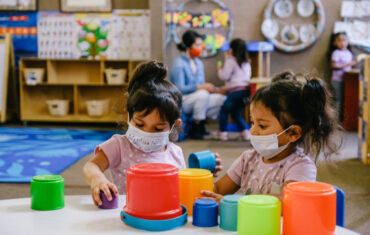The global coronavirus has tested people, industries, governments and supply chains unlike any crisis since World War II. Manufacturers and surgical suppliers have been working overtime to increase production in response to unprecedented international demand.
Many surgical suppliers are working with the medical field to increase productivity while struggling with the same challenges, risks, and fears as the general public. Surgical suppliers are working hard to keep everyone safe during this difficult time. Surgical suppliers are trying to help America and the world’s extended family of nations obtain the PPE needed by healthcare workers.
The shortage of PPE
Equally worrisome is the lack of PPE for frontline health care workers, including face masks, gloves, gowns, and hand sanitizer. Recent in the United States suggest that we will need more respirators and surgical masks than are currently available. The U.S shortage has multiple causes, including problems with the global supply chain. Before this pandemic, surgical suppliers from China produced approximately half the world’s face masks. As the infection spread across China, their exports came to a halt. Now, as the infection spreads globally, surgical suppliers are shipping masks to other countries as part of goodwill packages. The United States has not been a major recipient. The shortages have led to pleas from individual U.S. health care providers trying to secure adequate supplies of PPE.
The development of regional surgical suppliers
State governments could encourage surgical suppliers that might be able to shift production to making this equipment more. The elements of PPE are complicated but don’t require the intensive capital that ventilator manufacture demands. So smaller regional surgical suppliers can play a key role in filling the gap. State partnerships with these companies will take ingenuity, meaningful resources, and a relaxation of less essential regulatory requirements.
Increasing the supply
Another role for government and the health care system must be to reduce hoarding of PPE and to tap into already existing stockpiles. Face masks and gloves are used in many non-medical settings. There has already been a grassroots effort to donate this PPE to health care workers. But a coordinated effort by local governments to collect these supplies would be helpful. Beyond increasing the supply, government need to ensure that the areas hardest hit are receiving PPE from surgical suppliers. Individual state governments and health care systems are currently competing for resources. And those resources are not necessarily being distributed on the basis of need.
Close match between supply and demand
Partnering with sugical suppliers to track the availability of and projected needs for equipment in real time. They can ensure that there is a close match between supply and demand, would also be helpful. Ultimately, this type of coordination could also help in identifying other anticipated supply-chain issues. A coordinated, nationwide response is not something that individual states have the resources or legal authority to accomplish. Thus, the federal government, in partnership with surgical suppliers could play a critical role.
As the increasing patients with Covid-19 in US, we must have the key equipment needed to care for patients and to keep our health care workforce safe. Achieving this goal will require a concerted approach from all sectors. It will be from local and national government to the private sector and surgical suppliers. Failure to act in a coordinated manner would keep many patients from getting the care they need. This would also lead to the situation in which frontline clinicians are making difficult decisions about who will and who won’t receive care. Furthermore, without adequate PPE from surgical suppliers, health care workers will get sick. This will endanger the functioning of the entire health care system.






